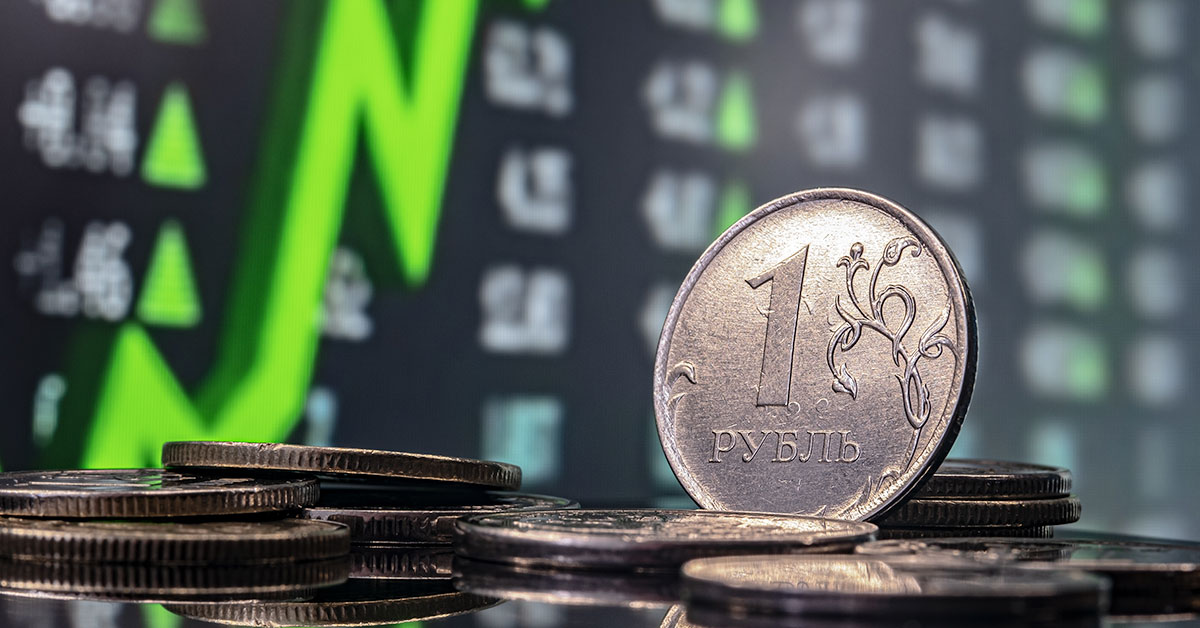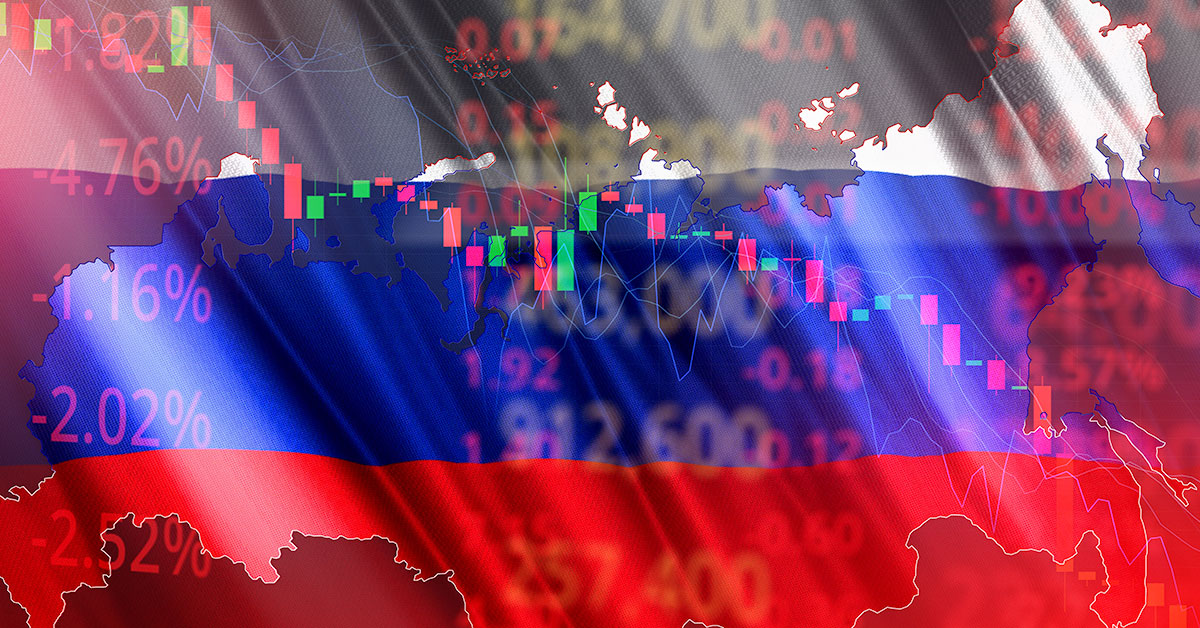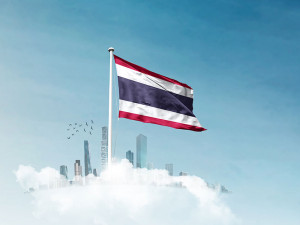
The Russian economy is currently the 11th-largest economy in the world by nominal GDP and the fourth-largest economy in the world by purchasing power parity GDP.
In this article, we will be outlining the Russian economy, the strengths and weaknesses, and where the economy is heading.
History of the Russian economy
Before its collapse in 1991, the Soviet Union operated a command economy, by which the government had overall control over which goods to produce through its State Planning Committee, deciding how to best serve its population. The idea of a market economy played a very insignificant part in resource distribution.
The resulting system allowed rapid developments in industrialisation, and powerful military infrastructure, often at the expense of other innovations, efficiencies and consumer goods. Particularly in the 1980s, these inefficiencies were tangible in a stagnant economy. These systemic issues were the major contributors to the decline of the USSR in the following decade.
On the 31st of December 1991, the USSR was officially non-existent, and the new state of the Russian Federation set out to transform its economy. A period of great turmoil for the state, mistakes in Soviet economic policy had to be fixed alongside overhauling the entire economy.
1991 saw GDP drop by one-sixth, with a budget deficit of around 25% of GDP. Mikhail Gorbachev’s government, the last of the Soviet Union, had made last-resort decisions in attempts to combat economic issues by excessive quantitative easing when the tax system had failed. The new president Boris Yeltsin brought in neoliberal reforms, which gave more power to the free market and encouraged privatisation. During this period of transition, economic shocks were experienced, along with hyperinflation and sharp declines in living standards. The combination of wealth concentrated in the hands of a few oligarchs led to an overall sentiment of public mistrust.
Since this period of instability, the Russian economy has stabilised under Vladimir Putin since the early 2000s. Playing into its strengths of vast natural resources, the state has gained more influence both domestically and on the global stage. However, the Russian economy is not without contemporary challenges.

Strengths of the Russian Economy
As mentioned, the Russian economy boasts a number of inherent strengths that have allowed it to become one of the largest economies in the world.
Natural Resources
As a vast land mass, Russia has access to an abundance of profitable natural resources, including oil, natural gas, minerals and coal. Energy exports are one of the main contributors to the strength of the Russian economy, with the country being categorised as a ‘petrostate’. The oil and gas industry accounted for up to 41% of total federal budget revenues by mid-2024. As Russia began to take advantage of its natural oil reserves, a surge in oil prices allowed the government to enjoy a budget surplus and pay off a sum of its debts.
Key industry
Aerospace, defence and nuclear energy are areas in which the Russian economy excels, being a major exporter of military hardware – the third largest in the world. Russia is also at the forefront of advanced nuclear technology. One contributing factor to this is Russia’s extremely large labour force of around 72 million people, the eighth largest in the world.
Geographic positioning
As the country spans across both Europe and Asia, Russia is situated as a crucial transit route of trade. Being connected to the major markets of the European Union and China, Russia has been able to enhance its role in global supply chains – particularly in its exports of natural resources.
Challenges for the Russian Economy
Russia’s strengths can equally act as its weaknesses. Today, further challenges face the Russian economy after initiating the conflict in Ukraine.
Overreliance on energy
Whilst Russia has profited from natural resources, through the combination of its abundance and inflation of global energy prices, the lack of diversification in the Russian economy poses a threat. Specific threats include the fluctuations in global energy prices – 2014 for example, saw a collapse of oil prices which proved to be a major blow to the Russian economy in combination with the subsequent sanctions.
Demographics
While we mentioned Russia’s large workforce, it also faces demographic challenges due to its declining population and low birth rates. An ageing population can lead to social welfare becoming overloaded, in addition to a reduction in the workforce. While the results are yet to be realised, this could be a major constriction on long-term economic growth.
Governance issues
A major deterrent to foreign investment, corruption amongst businesses and regulatory systems continues to persist throughout Russia, and undermine public trust.
Recent developments & trends
Western sanctions following the conflict in Ukraine have had significant impacts on all aspects of the Russian economy, from targeted sanctions on key economic sectors to trade embargoes and subsequent currency volatility. The ruble has experienced a large amount of volatility since sanctions have come into effect, leading to inflationary pressure. Despite attempts from the Russian government to stabilise the currency, purchasing power has been severely affected, as well as overall living standards.
The government has made positive strategic decisions in recent years to reduce its dependence on foreign goods. Implementing an ‘import substitution’ strategy, growth has been stimulated in agriculture, pharmaceuticals and IT. While this may not be a long-term fix to Russia’s problems, it has provided a basis for local innovation and development.

Russia in the global economy
Russia is a major player in the global energy market, with an ability to shift geopolitical tides. Particularly through a partnership with China, through the ‘Power of Siberia’ pipeline, its strategic influence is even stronger as a key supplier to European markets.
Russia continues to strengthen its ties with other emerging economies, most notably within the BRICS coalition. Recently in 2024, BRICS expanded further to include Egypt, Ethiopia, Iran and the UAE, exerting an even greater global influence, one that provides a counterbalance to Western power.
In the face of current challenges, Russia continues to invest in technology, specifically in AI, cybersecurity and space exploration. Again, the theme of reducing foreign dependence continues to be seen here, with encouragement being given to domestic firms to bolster technological sovereignty.
Conclusion
Russia’s economy currently stands at a precarious moment in its timeline. While it can take advantage of natural resources and existing strength in particular industries, the current conflict in Ukraine and subsequent Western sanctions in combination with demographic challenges and undiversified exports need to be addressed in order for Russia to succeed in the long term. As Russia is such a major player in geopolitics, there is no doubt that its strategic decisions will remain of great interest to analysts and policymakers in the years ahead.
As always, for currency news and insight into the world of currency, make sure to stay up to date with our Expert Analysis, as well as our daily Market Commentary.
Caleb Hinton
Caleb is a writer specialising in financial copy. He has a background in copywriting, banking, digital wallets, and SEO – and enjoys writing in his spare time too, as well as language learning, chess and investing.



